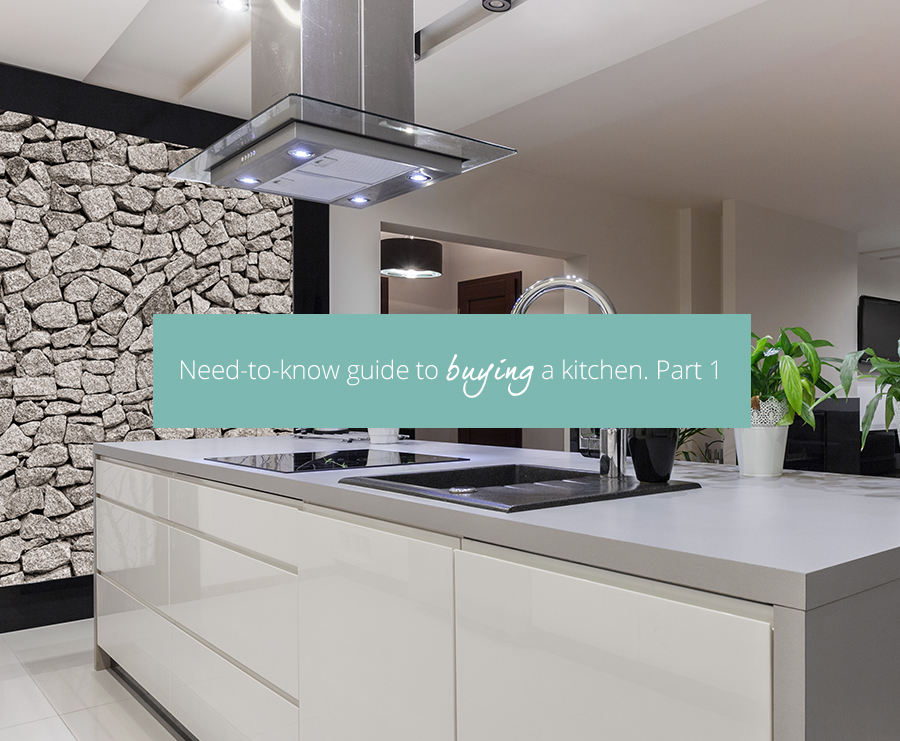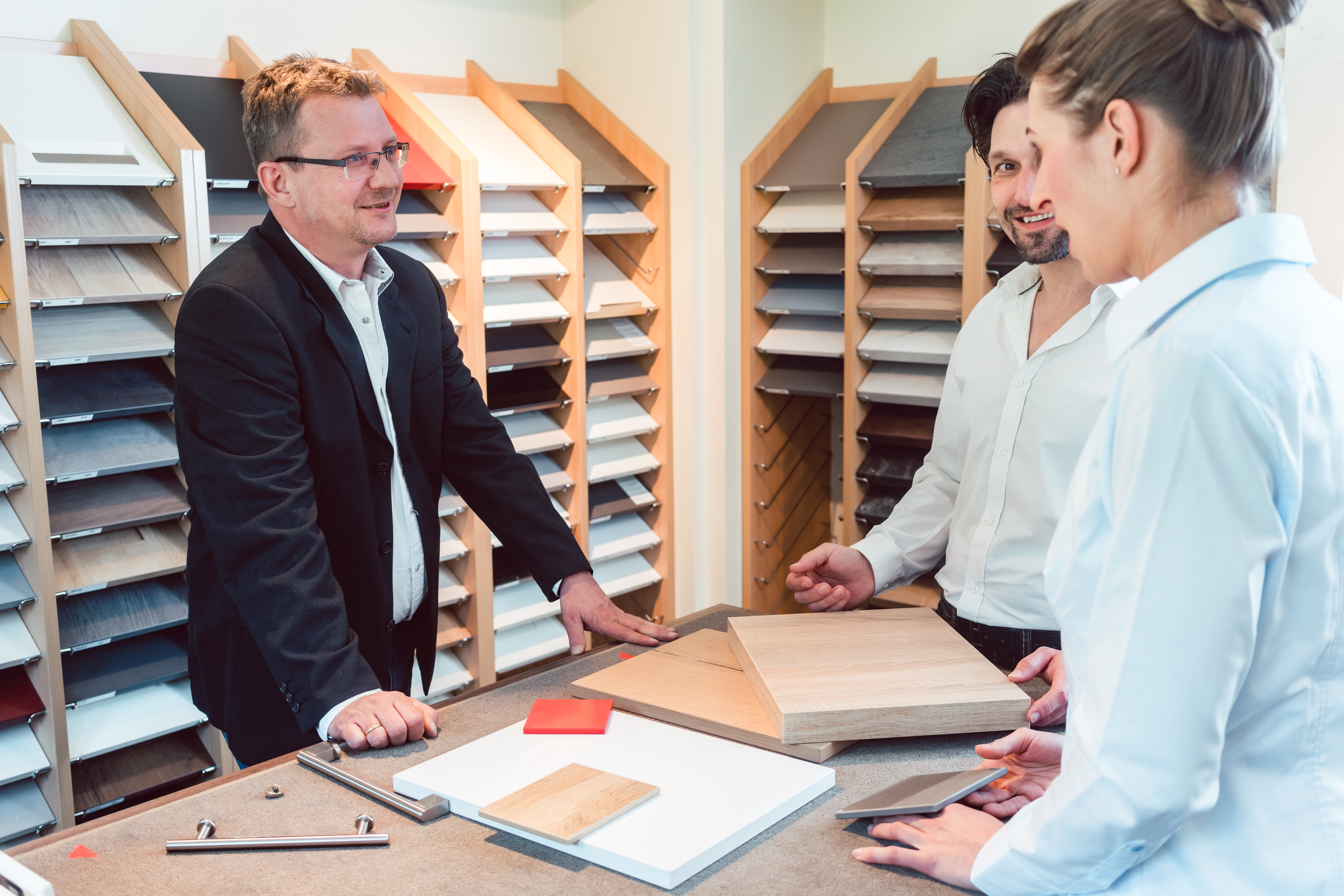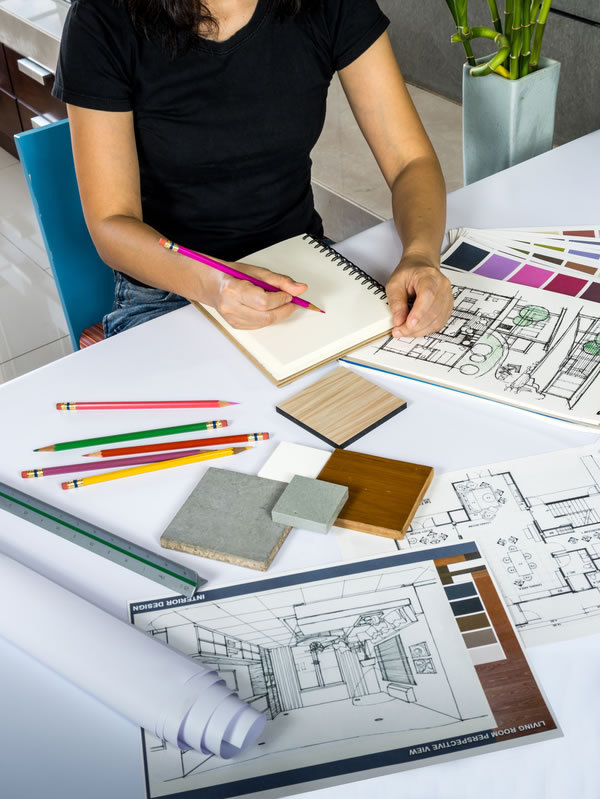Need-to-know guide to buying a kitchen. Part 1
For many the idea of buying a new kitchen seems daunting. For others it is hugely exciting. Whether it is fear or over - enthusiasm which drives you, best ensure that any decisions made are well thought through up front.

Installing a new kitchen or refurbishing an old one will be one of the costliest (and time consuming) home improvement projects you will undertake. Ensure you do as much research as you possibly can as it will certainly help when it comes to making those final decisions. Having invested a lot of time and money into the new kitchen, the last thing you want, months down the line, is to think: ‘what if …’ or ‘if only we had … ‘.
Fear not. Below is the first of our two-part need-to-know guide to buying a kitchen.
Make a wish list.
Firstly, check what works and what doesn’t work in your existing kitchen. There will always be elements you like and don’t want to change and other elements that you can’t wait to get rid of. Be realistic. Make a list that - you can share with your kitchen designer as this will provide them with an understanding of your must-haves. Include anything from work top height, preferred type of oven and hob or favourite cabinet style.

Sell your old kitchen.
Rather than send to landfill, if your old kitchen is in good condition, why not sell it? Any monies generated can always go towards cabinets, appliances, or flooring in the new one. Consider online auction sites, online selling groups or a business that specialises in resells.
Visit as many showrooms as possible.
It’s not always easy to find time, but visiting showrooms is time well invested. Ask friends and family for recommendations and aim to visit three or four armed with as much information as you can – wish list, building plans, mood boards, or simply some magazine images so that a designer can get an idea of the look and style you’re after. Be clear who uses the kitchen, how often it’s used and what it will be used for – do you entertain regularly, do you prefer open plan where you can combine cooking and socialising, are you keen cooks, will anyone be using the kitchen to work in etc.

Choose the right designer.
Fundamentally choosing the right designer comes down to finding someone who understands your requirements, someone you feel comfortable sharing your ideas with and someone you trust to deliver your perfect kitchen. This takes time. A designer needs to be on your wavelength and able to listen to your needs.

Outline your budget.
While you don’t need to have a budget scoped out in detail, best to have a ceiling price in mind. This won’t only help you focus on your price bracket for product choices, but will also help steer you towards particular finishes, materials and companies to make sure you get the best value for money.
Plan plenty of ventilation.
Ventilation can often be overlooked or left until late on in the process. Pick an extractor compatible with the size of your new kitchen – your designer should be able to help with this. There are many styles and designs to choose from – make sure it’s in keeping with the rest of your kitchen scheme and check to make sure your preferred choice is powerful enough, silent and ideally extracts outside.
19th Jul 2021The Compare Network
Copyright – Insight Retail Group Ltd 2025 All rights reserved